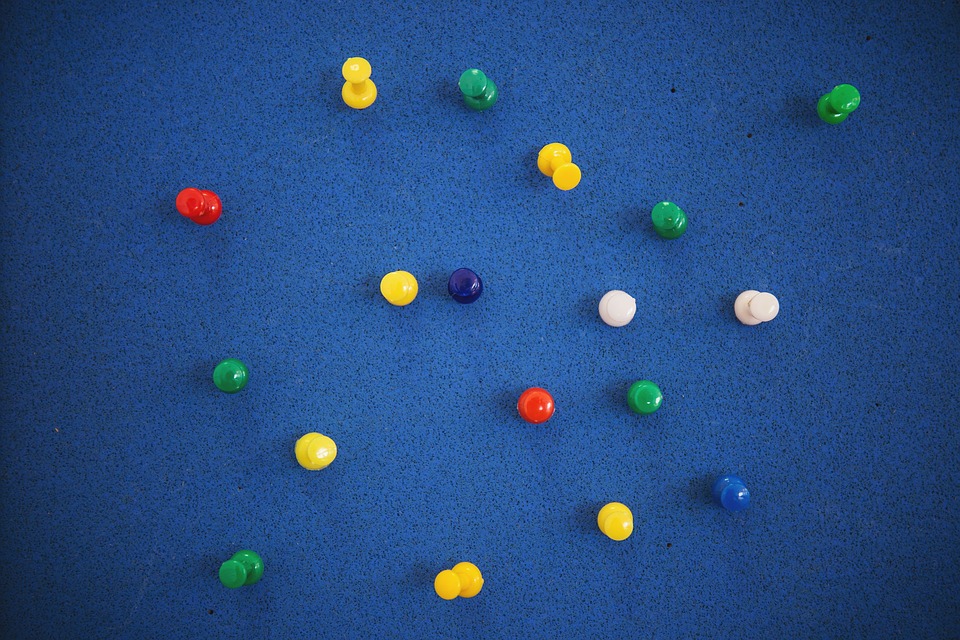Staples and Thumbtacks and Tape, Oh My!
Walk around the halls of any elementary school in the district and you will see colorful displays of students’ best work, strung from ceilings, tacked to bulletin boards or affixed to the walls and windows. These displays, built out of love and dedication by teachers, are meant to show the world what our students are capable of, a taste of their best work, if you will. And hanging a spelling test or displaying a poster board are usually pretty simple tasks, given the right tools. Staples, tape, blue tacky stick, or a combination of the three will all do the job, and probably do it quite well. So what happens when your students’ best work happens to take place on a computer? How do we display it then?
Hitting a Wall
I ran into this problem just recently, while working with my co-teachers, Mariam Hamid and Debra Mroczka at William Ford. Through utilizing the 4th grade spelling course in Moodle (iLearn), students were developing creative, colorful, and interactive Frayer Models for their spelling words. The students and teachers were most impressed with the work the students were doing, and were eager to share the work with others. Unfortunately, because Moodle is a protected learning environment, one must have a district username and password to access the program. So how can we, as teachers, display student work that has been created on the computer and is password protected? Cue up screencasting.
Breaking Down Barriers and Building Bridges with Screencasting
Down Barriers and Building Bridges with Screencasting
Screencasting allows students to record what’s happening on their computer screen, as well as their voice and image. So basically, students were teaching the viewers of their screencast all about their Frayer Models while demonstrating how they worked, and recording it. And as with any new process, there were a few steps involved. Once a small group of students learned how to screencast, they, in turn, showed another group of students how to screencast. Then THAT group of students showed another group, and so on. Before long, we had a whole bunch of screencasting experts, sharing their newfound knowledge!
Once the screencasts were complete, students then assigned a QR code to the video, which allowed people the capability to scan the code and pull up their video. Problem solved! Now all we have left to do is build a beautiful, colorful display of student QR codes!
If you would like more information on screencasting and its valuable uses in the classroom, contact a Tech Coach today!





